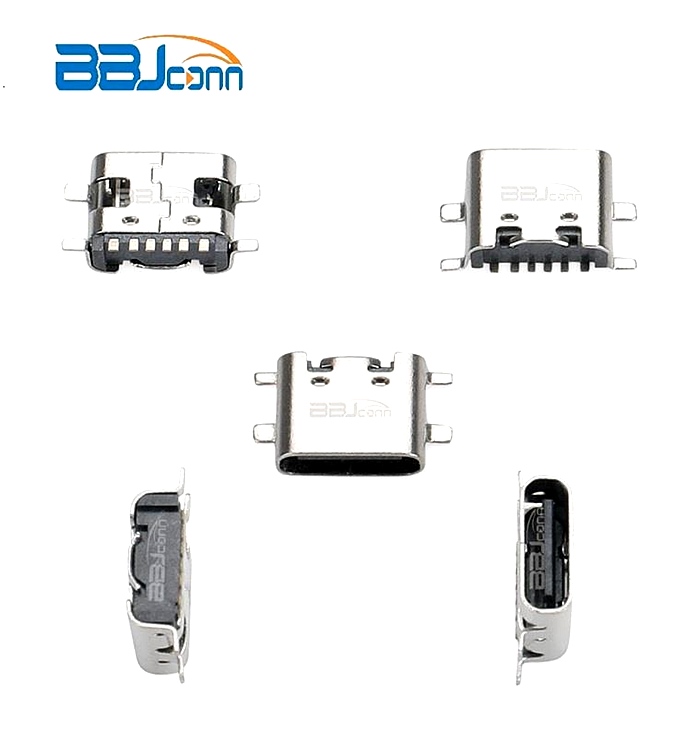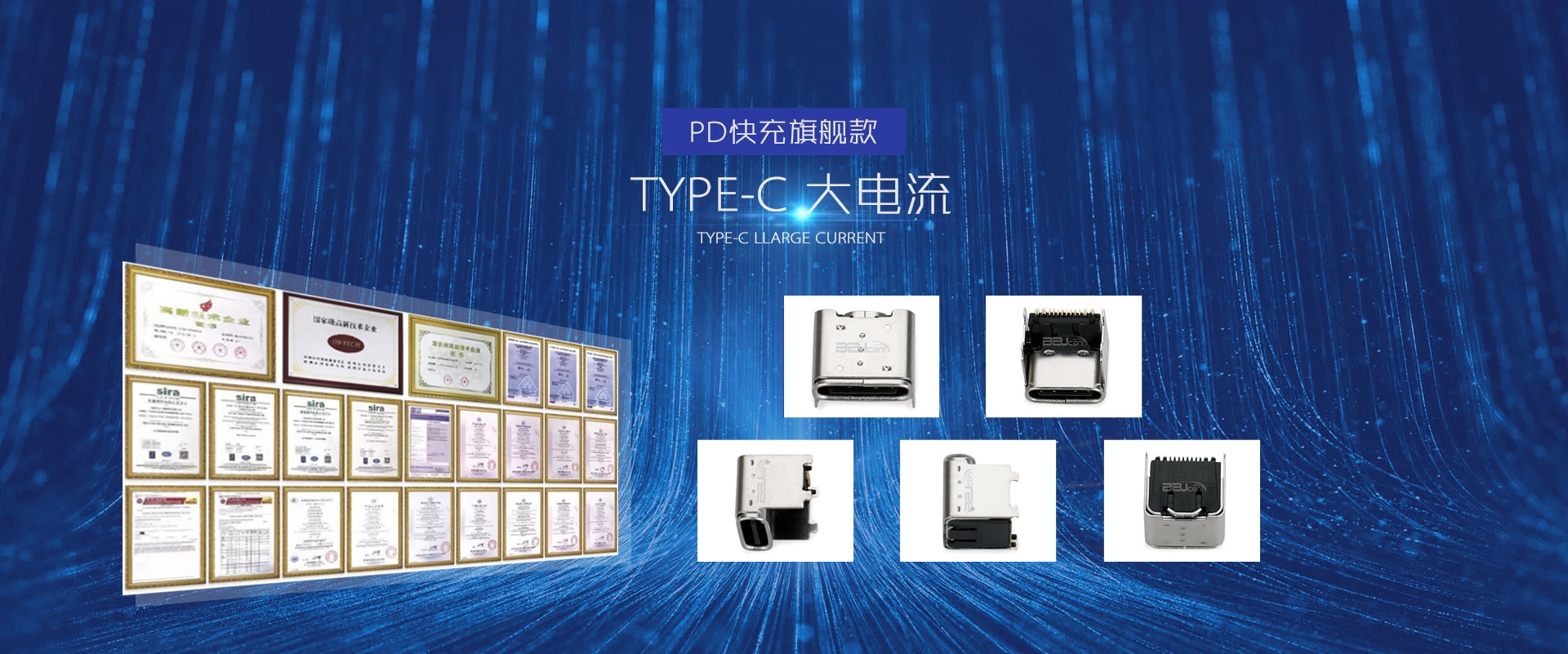Life test and influencing factors analysis of Type-C fast charging interface
With the popularity of devices such as smartphones, tablets, and laptops,Type-C interfaceAs a new data transmission and charging interface, it has gradually become an industry standard. The Type-C fast charging interface is not only widely used because of its efficient charging speed and convenient two-way insertion design, but its long-term durability has also become a concern for users. Key point. Therefore, the life test of the Type-C fast charging interface is particularly important, as it directly affects the reliability and user experience of the product. This article will analyze the life test method and impact of the Type-C fast charging interface from multiple angles. factor.
The definition and development of Type-C fast charging interface
One of the biggest advantages of the Type-C fast charging interface is that it can meet both data transmission and charging functions, and has higher power transmission capabilities. Compared with the traditional USB interface, the Type-C interface supports higher charging voltage and current. Thus achieving a faster charging experience. In addition, T The two-way design of the Type-C interface makes it more convenient for users to plug and unplug, reducing the possibility of incorrect insertion. However, as a high-frequency interface, the lifespan of the Type-C interface cannot be ignored, especially in fast charging scenarios. Under high load conditions, high-load use of the interface may lead to faster wear and aging.
Life test principle of Type-C fast charging interface
The life test of the Type-C fast charging interface mainly focuses on contact performance, durability and thermal management. First of all, the contact performance test of the Type-C interface usually includes the plug-in and pull-out number test. The plug-in and pull-out number is an important measure of the interface life. Standard, usually by simulating the actual use environment and performing multiple plug-and-unplug operations to test the contact stability of the interface under high-frequency use. According to the USB-IF (USB Implementers Forum) standard, the Type-C interface should be able to withstand at least 10,000 mating and unmating operations.

Secondly, in addition to considering the number of plugging and unplugging, the durability test also involves the wear resistance of the interface material. During the long plugging and unplugging process, the metal contact points of the interface are susceptible to wear and oxidation, which may lead to poor contact or even equipment damage. Therefore, the metal contact point material and surface treatment process of the Type-C fast charging interface have a direct impact on the life of the interface.
Effects of temperature and current on Type-C fast charging interface
The life test of the Type-C fast charging interface also needs to consider the heat generated during the charging process. During the fast charging process, the interface will withstand higher current and power, which means that the interface needs to work stably at a higher temperature. High temperatures may Accelerates the aging of interface materials, leading to problems such as poor interface contact, looseness or short circuit. Therefore, the thermal stability of the Type-C fast charging interface under high current and high power charging conditions has become a key factor in life testing.
In addition, high temperature will also affect the circuits and protective components inside the interface. Especially if the interface fails to dissipate heat effectively, it may cause the temperature to be too high and damage the interface. Therefore, when performing the Type-C fast charging interface life test, the simulated long-term The working environment of high-current charging is critical. This test is not only performed during the charging process, but also usually requires testing the thermal decay of the interface to evaluate the long-term stability of the interface.
Factors affecting the lifespan of Type-C fast charging interface
The life of the Type-C fast charging interface is not only affected by the number of plugs and unplugs, current intensity and temperature, but also closely related to the use environment and material selection. First of all, the external material of the Type-C interface directly affects its oxidation resistance and corrosion resistance .Common interface materials such as gold plating, silver plating and stainless steel have different corrosion resistance and wear resistance, which will directly affect the service life of the interface.
Secondly, the design of the Type-C fast charging interface also affects the lifespan. For example, the socket depth of the interface, the plug-in and pull-out force, and the design of the contact point will all affect the contact stability. If the design is unreasonable, it may lead to poor contact during the plug-in and pull-out process. , thereby accelerating the loss of the interface.
Recommendations for improving the life of Type-C fast charging interface
In order to improve the service life of Type-C fast charging interface, manufacturers can optimize in many aspects. First, high-quality materials should be selected, especially in the metal contact points and socket parts, with strong wear resistance and oxidation resistance. Materials. Secondly, reasonable thermal management design is also crucial. By optimizing the heat dissipation structure of the interface and reducing the temperature generated during fast charging, it helps to extend the service life of the interface.
In addition, reasonable interface design is also the key to improving lifespan. Designers can add anti-oxidation coatings inside the interface, or optimize the design of contact points to reduce wear during plugging and unplugging and improve stability. Finally, strengthen user habits Guidance, such as avoiding frequent plugging and unplugging and avoiding charging in high temperature environments, can also extend the service life of the Type-C fast charging interface to a certain extent.
Type-C fast charging interface is an indispensable and important part of modern electronic equipment. Its life test is not only related to the quality and reliability of the product, but also directly affects the user experience. Through the testing of Type-C fast charging interface Life test can provide an in-depth understanding of its performance in high-frequency use, high current and high temperature environments, and adopt corresponding design and technical means to improve the durability of the interface. For consumers, it is important to understand the service life and performance of the Type-C interface Precautions will help them better protect the equipment and extend its service life.
